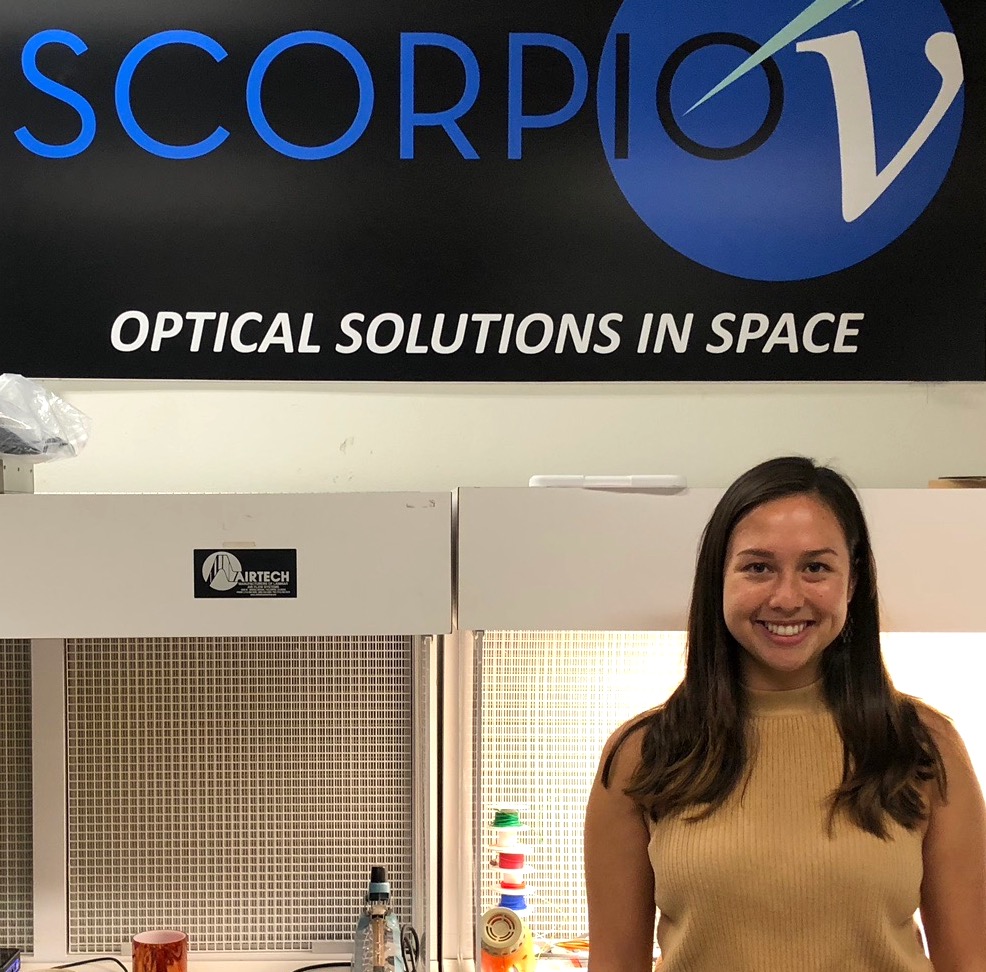
Maya Ooki was born and raised in Haiku on the island of Maui. She graduated from King Kekaulike High School in Pukalani, and is now earning a B.S. in Biomedical Engineering with a minor in Cognitive Science at Rensselaer Polytechnic Institute in Troy, New York. During her childhood on Maui, she discovered her passion for science and understanding the human body. She chose engineering as a balance of her love for science and math with creativity and problem solving. In her spare time, Maya likes to play the ukulele, piano, sing, and paint. In the future, she hopes to help encourage the young students of Hawai’i to pursue their passion for STEM.
Home Island: Maui
Institution when accepted: Rensselaer Polytechnic Institute
Akamai Project: Delivery of Fluids Autonomously within the BioChip SpaceLab
Project Site: SCORPIO-V, A Division of HNu Photonics
Mentors: Dr. Devin Ridgley, Sylvia Loh, Brittany Willbrand
Project Abstract:
Over the last few decades there has been an increased emphasis on cell biology interrogations onboard the International Space Station (ISS) to elucidate the effects of microgravity on human physiology during long duration ISS missions. The research carried out onboard ISS will better inform NASA and the public of the effects of microgravity on human dysfunction to identify mitigating factors for future long duration missions to the Moon, Mars and beyond. The BioChip SpaceLab (BCSL) is a research platform onboard ISS that enables autonomous cell biology experiments in microgravity. BCSL alleviates the need for intensive crew operations by automating the microfluidic delivery of cell culture reagents to increase the quantity and quality of experiments performed in the microgravity environment. Due to the automated nature of BCSL, an accurate amount of cell medium, reagents and drugs must be pumped autonomously through a series microfluidic channels within the “Manifold” for cell culture delivery. The Manifold has nine inlets, including four direct channels to each well and five communal channels that deliver fluids to any combination of the four wells. These communal channels have varying path lengths and 120 path combinations, meaning discrepancies between the end volume reported through the software interface and the experimental end volume delivered must be resolved. To characterize fluid delivery to the BioChip wells, this investigation tested 20 path combinations within the Manifold to quantify fluid output volume via software measurements compared to fluid output volumes observed experimentally. The variables quantified included the pathway volume, pumps, liquid choice, and inlet choice. Statistical analysis of results showed that all variables observed showed no significant difference, and further testing should be considered to reflect a higher confidence. The experimental values reported here will be used to adjust the software measurement parameters to ensure that the microfluidic Manifold system delivers accurate amounts of fluids to each of the BioChip wells for successful microgravity experimentation.